Learn why silver melt coin values rise together with the silver spot price. Melt is the slang for the intrinsic value of a numismatic article.
Silver coin melt value is the term given to the inherent base value of a silver coin because of its precious metal content. The melting value is higher than the actual face value of the coin. Gold and platinum have their respective melting values, too.
When looking at melt value coins, their coin grading criteria (surface, luster, toning, strike, and eye appeal) is disregarded, like in the case of the junk silver coins. The silver coin melt value, though it is not the exact market price of the coin because premiums or dealer’s mark up price also applies, is useful in determining the bullion’s least selling amount.
Even if silver is referred to as “the poor man’s gold”, it can be a huge investment depending on its market value. As an important resource, silver is traded in stock markets around the world.
The increasing silver value
In the U.S., before the approval of the Coinage Act of 1965, circulated coins were minted in 90% silver. After the silver coin regulation, there was a notable inflation of the silver value. Melted silver coins reached as high as 10 times greater than its face value.
The hoarding of silver coins became inevitable when the melt value of coins increased. Back then, the collectors who once invested in coins for their numismatic value lost interest in their hobby. Coin collector shops gradually slackened in business because people were more interested in selling nickels and dimes due to their overwhelming silver coin melt values.
The United States government set out legislations to curb the dwindling face value of the dollar. In one of their drastic measures, the clad coins were conceived. The latter were made by putting two metals together between a copper core.
Even today, the silver coin melt value is skyrocketing because there is a growing demand for the US pre-1965 coins. And an even bigger demand for the silver coins that were uncirculated; collectors know too well that when they sell these for melting, they will get a bigger profit.
However, it would not matter whether the melt value coins are damaged or not; their silver coin value remain intact. But always note that rare or better conditioned coins will always exceed their silver melt value.
Coin collectors and investors use a silver coin melt value calculator in computing their collection’s worth. Various coin websites have this calculating software with real time updates of silver spot prices.
The formula for calculating melt value is relatively straightforward:
Melt Value = (Weight in Troy Ounces) x (Purity) x (Spot Price)
For example, if you have a 1-ounce .999 fine silver coin, and the current spot price of silver is $25 per troy ounce, the melt value of the coin would be:
Melt Value = 1 oz x 0.999 x $25 = $24.975
Significance of Melt Value
- Intrinsic Value: Melt value represents the minimum value of a silver coin based solely on its metal content. This provides a baseline value that can be helpful for investors and collectors.
- Investment Decision: For investors, knowing the melt value is crucial when buying or selling silver coins, as it helps them assess whether they are paying a fair price for the silver content.
- Silver Content Verification: Melt value calculations also serve as a tool to verify the authenticity and silver content of a coin. If the calculated melt value significantly deviates from the market price, it may indicate a counterfeit or altered coin.
- Collectors: While collectors primarily value coins for their numismatic features, knowing the melt value can be useful in making informed decisions when acquiring new pieces.
Numismatic ethics on silver melting
“A coin is only worth what someone will pay for it”, the adage is well-illustrated through the soaring silver coin values. However, when the price of silver shoots up, some silver coins – both circulated and not – find their way to the melting pots.
The question goes: is it ethical to melt coins for profit?
Melted silver coins and other numismatic articles sell quickly in the market. Many numismatists frown at pawnshops and jewelry stores that buy melted bullion from people who want to cash in. The common coins that are melted down for profit are commemorative coins and other non-circulated ones with notable precious metal content.
The U.S. Department of the Treasury has a regulation in prohibiting the melting of silver coins. Lately, there are also new regulations on the melting of presently circulating nickels and dimes. Such laws are meant to safeguard the US coinage and to buffer possible coin shortages.
There are recent speculations that there are probably a considerable number of 20th century Saint-Gaudens and Liberty Head coins that were melted for their bullion coin values. These coins, having been part of the US history, should be regarded as National Treasures. The melt value of silver coins can never justify their historical significance.

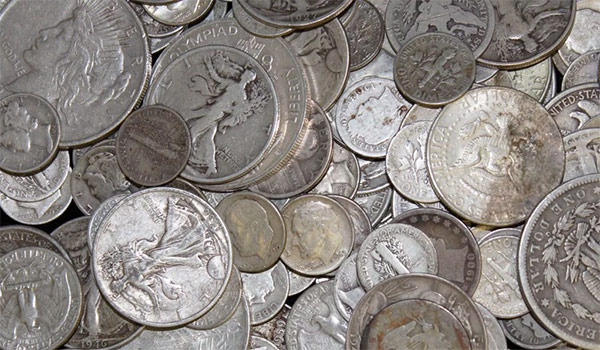
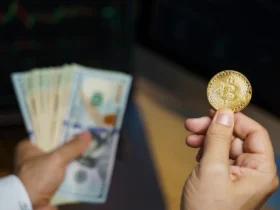


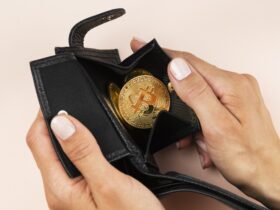
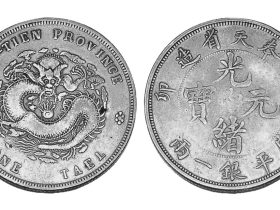
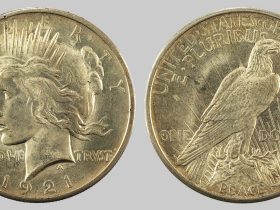
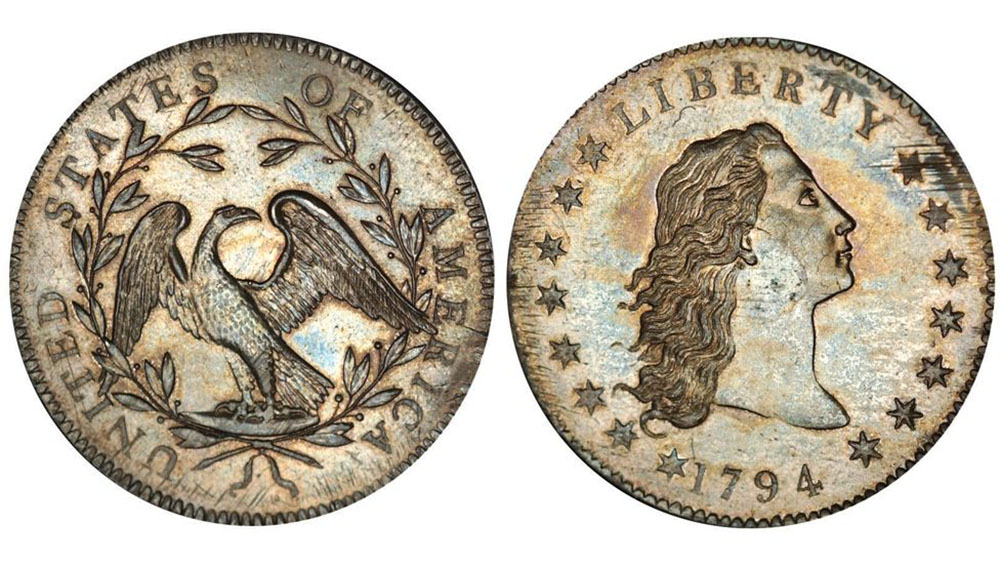


Leave a Reply